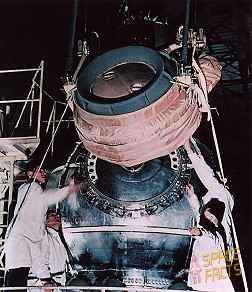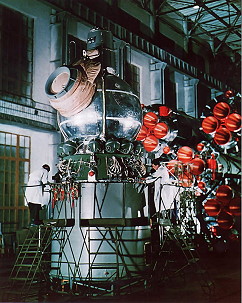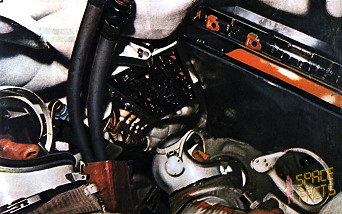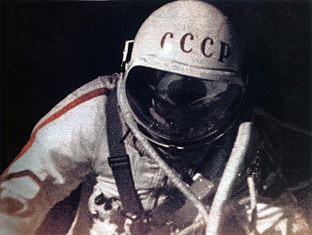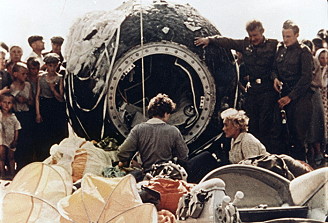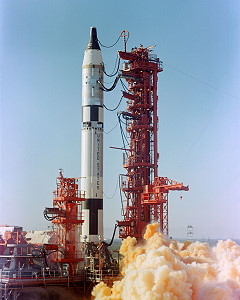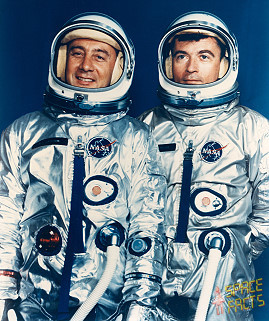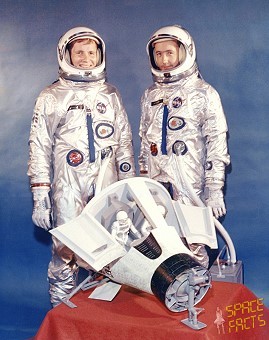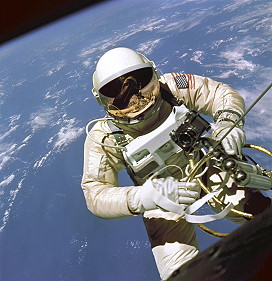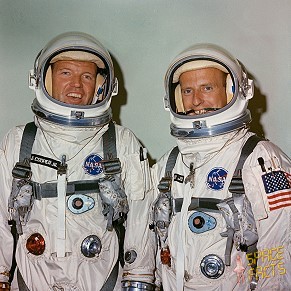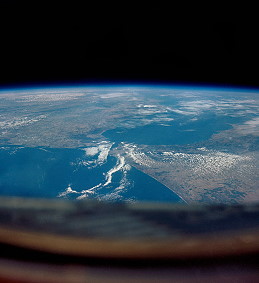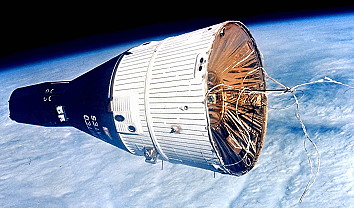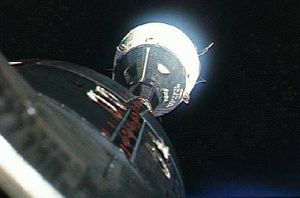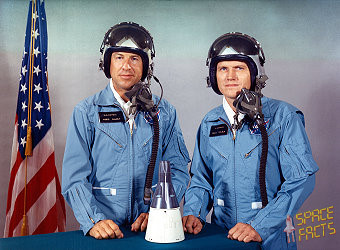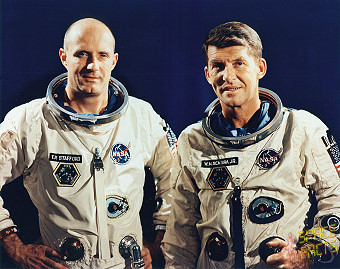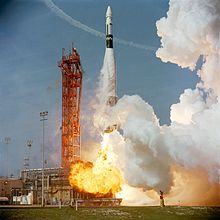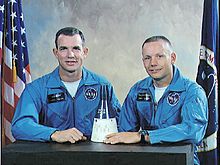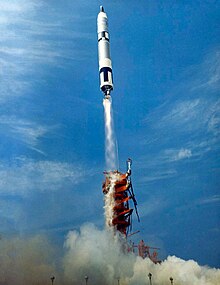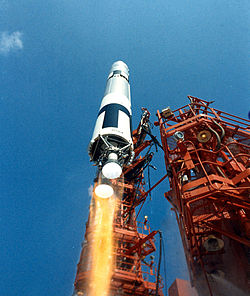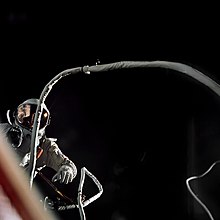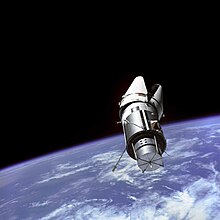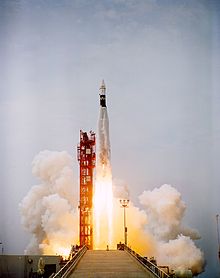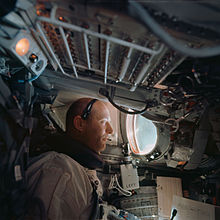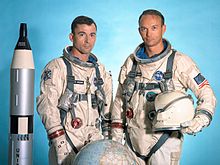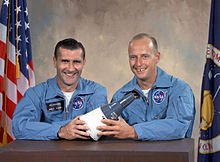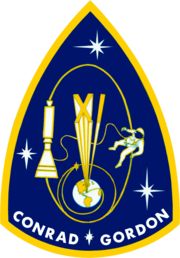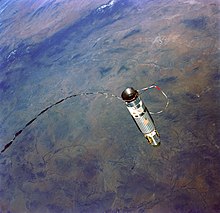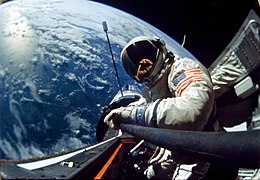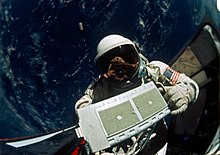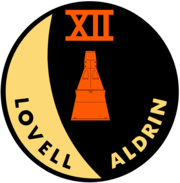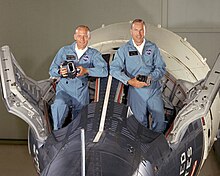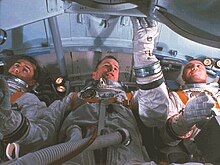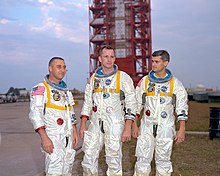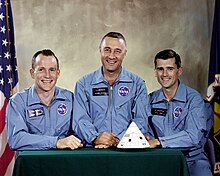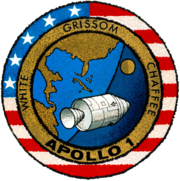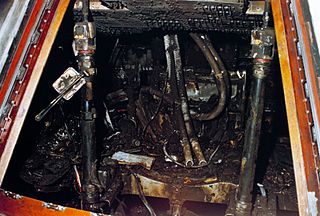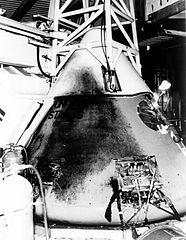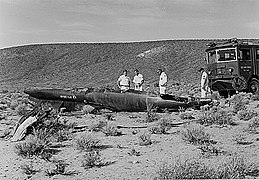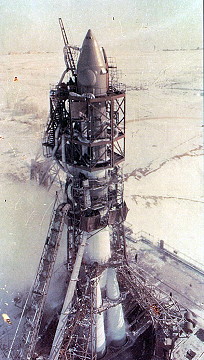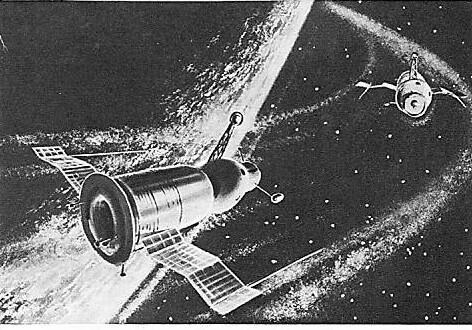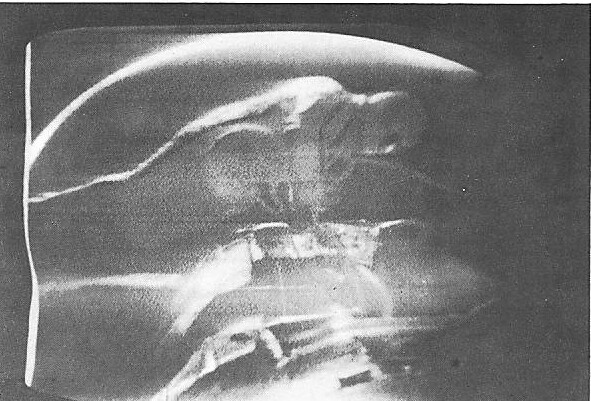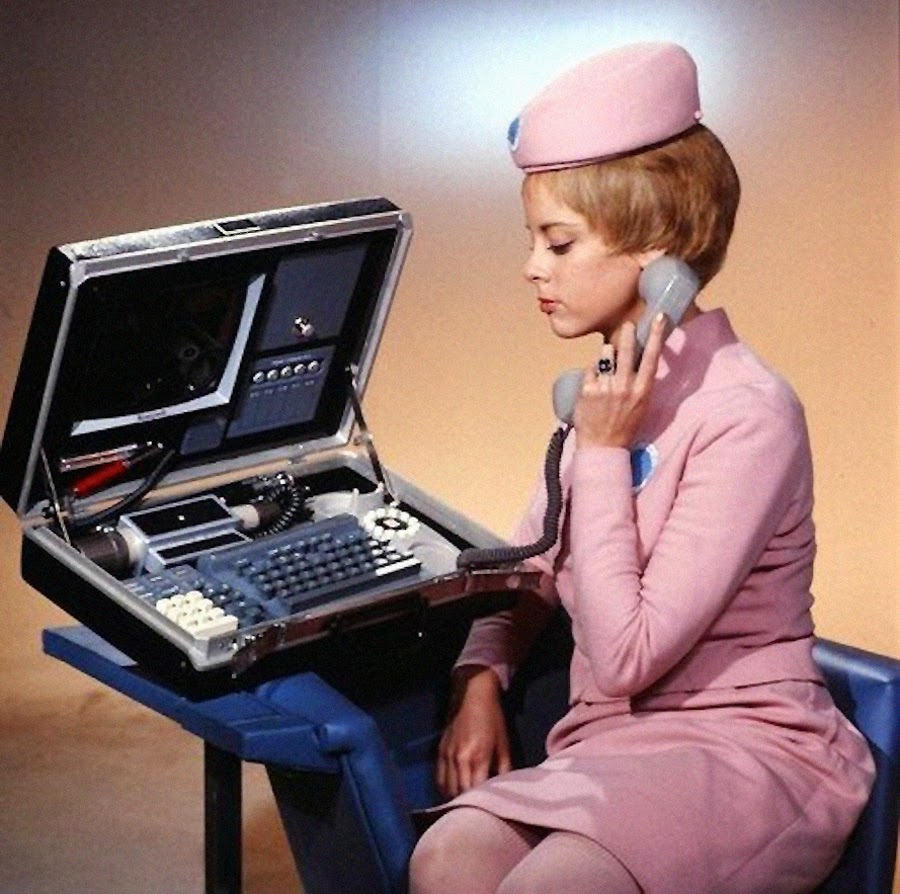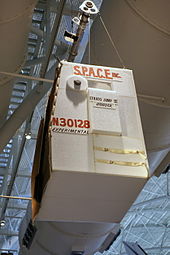Mercury's Ending, Vostok's only the Begining
1963 saw the drama of the Space Race flooding the news with rumors and speculation about the Soviet's possible next step while the public waited anxiously in anticipation.
Two years after Alan Shepard's first suborbital Mercury-Redstone flight and the United States was trailling further and further behind Russia. While the Vostok was performing multi-day long duration missions, spacewalks and three person flights as they flew in tandemn on five-person missions (two ships, one two-person the other three-person) the Mercury was still performing singular multi-hour missions.
With success of Vostok flights, the USA had to make a record breaking space fight to beat the Soviets.

Leroy Gordon Cooper was selected as the commander for that mission. The goal of Cooper's mission was to remain in orbit for a full day. During the flight Astronaut Cooper would eat, drink, and sleep in space. He would also take many medical measurements. All of these tasks were intended to study how man adapted to the space environment but also to atleast compete with the Russians in long duration spaceflight. Unfortunatly the May 15th 1963 flight (coming a full two years after Alan Shepard's first manned Mercury flight) was a near complete disaster. While all had gone well on the 18th orbit beyond that the situation began to become more and more serious as system after system malfunctioned and shutt down. Despite this he managed to manually land the ship just four miles away from target proving accurate manual landing was actually possible. At the conclusion of his mission debates raged over wether to continue the Mercury Program with one more three day spaceflight or whether to cancell it and focus on Gemini, America's follow up spaceflight.
Having barely survived his 35 hour spaceflight NASA concluded another would be extremly risky. Work immedietly began on Gemini in a hope of leap frogging the Vostok.
While the American had pushed their Mercury capsule to the limits to get beyond a single day flight the Soviets were only begining to utilize the versatile capabilities. Vostok 5 rocketed off the pad at Baikanour on July 14th 1963 after a month of delays. Bykofsky piloted the craft on a less than spectacular mission which would largely have been forgotten if it didn't set a new eight day duration record (double the record set on Vostok 3).As Soviet news bulletin's announced "that's longer than the time needed to travel to the Moon and back". The mission was near-flawless with the exception of the toilet malfunction and difficulty with the seperation of the service module on Re-entry. This was in stark contrast to the previous two missions which came very close to disaster with a hard off-target landing and near-fatal first EVA (where the cosmonaut's suit expanded while outside sufficiently to make reentering difficult).

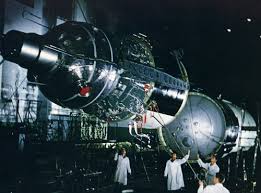
Korolev had been training a second cosmonaut group for sometime notable in that they were composed entirely of women. He hoped to beat the Americans to another victory (albiet a non-technical one) because intelligence had gathered that NASA was planning a manned women flight (correct at the time but later cancelled without the russians realizing it). Just 24 hours after launch the launch of Vostok 5 Valentina Terreshova, Valentina Ponomaryova and Irina Solovyova took their own place in history as the first women in space. In a new perspective of how Humanity was growing Bykofsky Leonov was able to watch the launch of Vostok 6 from his own small capsule. After one day of intensive bio-medical research on the female body's reaction to weightlessness the trio returned to Earth upon much fanfair. The great Soviet Union had now sent the first satellite into orbit, the first living animal into orbit, the first man into space and orbit, the first men to live in space for multiple days, had performed the first spacewalk, the first multi-crew (2-3) missions, the first double flights between manned spacecraft, the first Extra-vehicular activity and the first women into space. All this with just an average of two manned missions per year in 1961, 1962 and 1963. With no piloted American spaceflights planned for 1964, the Soviets remained the technological unmatched superpower in manned space leadership. Meanwhile just as the Americans were planning for Gemini and Apollo, the Soviets were preparing for their next giant leap beyond upgrading old Vostok hardware.
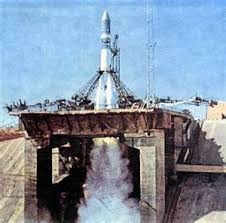
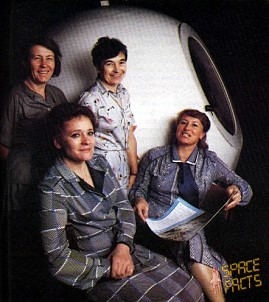
1963 saw the drama of the Space Race flooding the news with rumors and speculation about the Soviet's possible next step while the public waited anxiously in anticipation.
Two years after Alan Shepard's first suborbital Mercury-Redstone flight and the United States was trailling further and further behind Russia. While the Vostok was performing multi-day long duration missions, spacewalks and three person flights as they flew in tandemn on five-person missions (two ships, one two-person the other three-person) the Mercury was still performing singular multi-hour missions.
With success of Vostok flights, the USA had to make a record breaking space fight to beat the Soviets.

Leroy Gordon Cooper was selected as the commander for that mission. The goal of Cooper's mission was to remain in orbit for a full day. During the flight Astronaut Cooper would eat, drink, and sleep in space. He would also take many medical measurements. All of these tasks were intended to study how man adapted to the space environment but also to atleast compete with the Russians in long duration spaceflight. Unfortunatly the May 15th 1963 flight (coming a full two years after Alan Shepard's first manned Mercury flight) was a near complete disaster. While all had gone well on the 18th orbit beyond that the situation began to become more and more serious as system after system malfunctioned and shutt down. Despite this he managed to manually land the ship just four miles away from target proving accurate manual landing was actually possible. At the conclusion of his mission debates raged over wether to continue the Mercury Program with one more three day spaceflight or whether to cancell it and focus on Gemini, America's follow up spaceflight.
Having barely survived his 35 hour spaceflight NASA concluded another would be extremly risky. Work immedietly began on Gemini in a hope of leap frogging the Vostok.
While the American had pushed their Mercury capsule to the limits to get beyond a single day flight the Soviets were only begining to utilize the versatile capabilities. Vostok 5 rocketed off the pad at Baikanour on July 14th 1963 after a month of delays. Bykofsky piloted the craft on a less than spectacular mission which would largely have been forgotten if it didn't set a new eight day duration record (double the record set on Vostok 3).As Soviet news bulletin's announced "that's longer than the time needed to travel to the Moon and back". The mission was near-flawless with the exception of the toilet malfunction and difficulty with the seperation of the service module on Re-entry. This was in stark contrast to the previous two missions which came very close to disaster with a hard off-target landing and near-fatal first EVA (where the cosmonaut's suit expanded while outside sufficiently to make reentering difficult).

Korolev had been training a second cosmonaut group for sometime notable in that they were composed entirely of women. He hoped to beat the Americans to another victory (albiet a non-technical one) because intelligence had gathered that NASA was planning a manned women flight (correct at the time but later cancelled without the russians realizing it). Just 24 hours after launch the launch of Vostok 5 Valentina Terreshova, Valentina Ponomaryova and Irina Solovyova took their own place in history as the first women in space. In a new perspective of how Humanity was growing Bykofsky Leonov was able to watch the launch of Vostok 6 from his own small capsule. After one day of intensive bio-medical research on the female body's reaction to weightlessness the trio returned to Earth upon much fanfair. The great Soviet Union had now sent the first satellite into orbit, the first living animal into orbit, the first man into space and orbit, the first men to live in space for multiple days, had performed the first spacewalk, the first multi-crew (2-3) missions, the first double flights between manned spacecraft, the first Extra-vehicular activity and the first women into space. All this with just an average of two manned missions per year in 1961, 1962 and 1963. With no piloted American spaceflights planned for 1964, the Soviets remained the technological unmatched superpower in manned space leadership. Meanwhile just as the Americans were planning for Gemini and Apollo, the Soviets were preparing for their next giant leap beyond upgrading old Vostok hardware.


